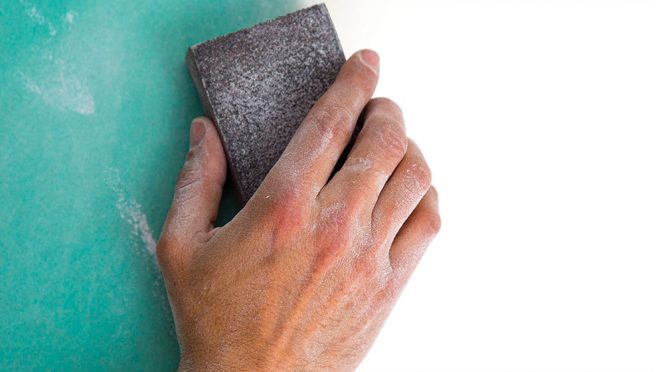By Jason T. Lunn & Rebecca L. Schumann
Let’s look at what type of respirator would typically be used in a few common painting scenarios.
1. Preparing drywall or latex paint
Any N95 or higher respirator can be used for preparing drywall. However, if you are preparing surfaces that contain lead-based paint, you must use a “100” class particle filter (i.e., N100 or P100).
2. Applying latex paints
A disposable respirator with a carbon layer will help filter out the odor associated with VOCs in paint. For heavier applications of latex paint, consider a reusable respirator with an organic vapor cartridge. If you are spraying, add a particulate prefilter to capture the mist.
3. Working with oil-based paints and stains, solvents and coatings
Consider a half or full facepiece with an organic vapor cartridge and particulate pre-filter.
4. Working with decorative or faux finishes
Faux finishes can include any number of chemical components, so consult the Safety Data Sheet (SDS) for chemical composition to choose a cartridge appropriate for the hazards.
5. Working with asbestos removal or mold remediation
Asbestos has its own substance-specific standard in the OSHA regulations and requires at a minimum a half-facepiece reusable respirator with a “100” class filter. There are no government exposure limits for mold, but the EPA has guidelines for respiratory protection based on the level of contamination.
Related content
Breathe Easier: The Pro Painter’s Guide to Respirators
Detailed information on respirators available at Sherwin-Williams
This article was originally published in the Spring 2016 issue of PPC magazine. It was written by Jason T. Lunn, Senior Technical Service Engineer, and Rebecca L. Schumann, Industrial Hygienist, Technical Service, at 3M Safety Products. If you’re a small business owner and would like help with respiratory compliance, you can contact 3M for a “Respirator Selection Guide” and several “Wear It Right” posters for your crews’ reference. Simply call 1-800-494-3552.

